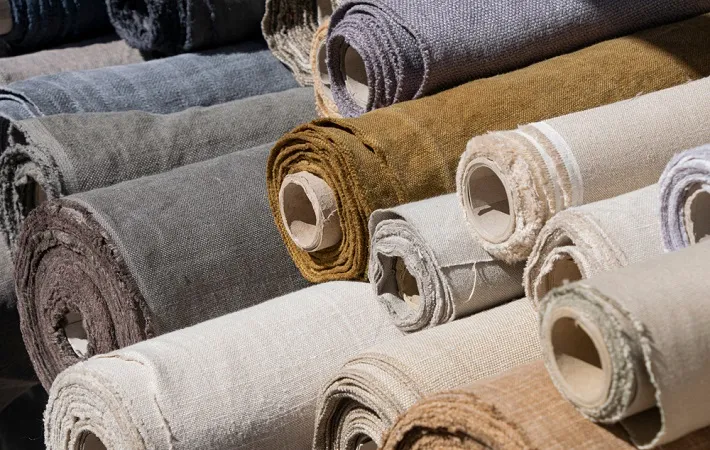
Processed Fabric
In the intricate world of textile design, the transformation of raw fabrics into processed wonders requires a nuanced approach. Processed fabrics, boasting enhanced durability, unique textures, and advanced functionalities, are the result of carefully curated design processes and innovative treatments. From initial conceptualization to final production, every step in the journey contributes to the creation of textiles that not only meet but exceed expectations.
Conceptualization and Functional Requirements:
In the intricate world of textile design, the transformation of raw fabrics into processed wonders requires a nuanced approach. Processed fabrics, boasting enhanced durability, unique textures, and advanced functionalities, are the result of carefully curated design processes and innovative treatments. From initial conceptualization to final production, every step in the journey contributes to the creation of textiles that not only meet but exceed expectations.


Material Selection and Preparation
Choosing the right base material is crucial for the success of processed fabric development. The raw fabric is carefully selected based on its inherent properties, such as fiber type, weave, and weight. Material preparation involves cleaning, scouring, and, if necessary, pre-treatments to ensure the fabric is ready to undergo the desired processing techniques.
Printing and Dyeing Techniques
Even in processed fabrics, printing and dyeing techniques can be employed to add visual appeal. Reactive dyes, pigment prints, or heat transfer methods can be used to introduce color, patterns, or graphics onto the fabric surface. These techniques are carefully integrated into the overall design, considering both aesthetics and functionality.





